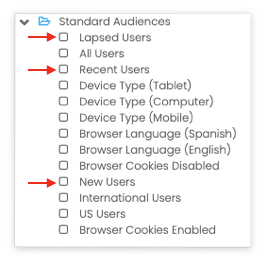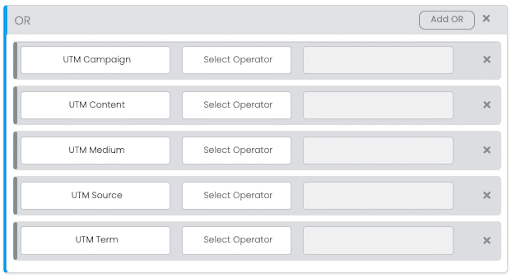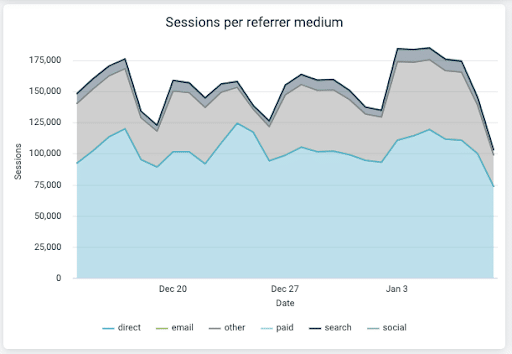First-Party data is available to marketers in many forms – site visitors, CRM, email lists, point-of-sale, and even consumer-volunteered ‘Zero-Party’ user attributes. The ability to access and activate these datasets is a powerful marketing tool that often requires the coordination of multiple internal teams and technology platforms.
Even further upstream, variances in quality can impact decision-making and influence how a brand’s data assets apply to digital media strategy. Several variables contribute to determining First-Party data quality.
Engagement
Regardless of a brand’s product or service, potential customers navigate a ‘journey’ that begins with awareness and hopefully ends with a purchase or conversion. Each completed step in this journey provides a data point on the customer’s depth of brand engagement and an opportunity to assign value accordingly.
For example, analyzing car buyers’ multiple steps on their purchase journey impacts an automaker’s First-Party data quality. Users who only visit the homepage provide lower value than users who have explored trim levels, which hold less weight than users who submitted a credit application. Subsequent messaging based on these levels of site engagement can be treated differently through an optimized targeting and creative strategy to maximize the subsequent business outcome.
KORTX Solution: Use the ‘Page URL’ event qualifier in Axon to segment and build audiences based on user-level page visitation.

Source: Axon Audience Manager
Frequency
Measuring the frequency of interactions as a quality indicator is a simple and effective method for segmenting a brand’s potential and existing customers. When mapping the customer journey across multiple website interaction points, the frequency of user-level site visits becomes a valuable tool for brands to assess and segment audiences. Repeat site visitors or customers represent an opportunity to align creative messaging and elevate a First-Party dataset’s quality.
Removing users from awareness messaging that exceeds a certain brand interaction threshold mitigates waste and allows campaign targeting to expand towards new potential customers. Additionally, users that have a high frequency of brand interactions but have not converted or purchased might respond favorably to discount or offer-based messaging.
KORTX Solution: Set customized frequency thresholds in Axon for site events that align with your brand’s purchase cycle, and apply creative messaging that moves users to the next phase towards a conversion or purchase.

Source: Axon Audience Manager
Recency
Adding a time-based component to data quality assessment provides insights about customer churn, purchase cycles, and other variables where the recency of a First-Party dataset holds more value. This concept is essential for CRM lists that are often not regularly scrubbed or refreshed to reflect the most current customer information.
Conversely, there is also value in identifying lapsed customers or site visitors that brands can focus on with a dedicated targeting and creative strategy. Influencing a previous customer who has not engaged with a brand over a specific time period is typically more efficient than converting a new customer. More data points are generally available for lapsed customers to inform the marketing approach.
KORTX Solution: Several of our standard Axon audiences feature time-based qualifiers so our clients can quickly and easily identify site visitors based on Lapsed, Recent, and New recency categories.

Source: Axon Audience Manager
Referrer / Source
Customers have unprecedented control over how they can choose to interact with brands. A combination of proactive options (e.g., visiting a social media page) and reactive options (e.g., clicking on a digital ad) opens the potential to leverage First-Party data sources as an indicator of quality.
It’s also necessary to take the user’s source action into account. A robust CRM list of newsletter subscribers may offer volume and detailed user-level information. Still, a custom audience segment of online product purchasers arguably provides better data quality because the user action (purchase) represents more value related to driving business outcomes. Ultimately, brands should focus on a process for segmenting users based on their inbound source and inclusion in a First-Party dataset.
KORTX Solution: Axon offers several insights categories to determine the referrer and/or source of an onsite interaction; all five UTM parameters are included in our custom audience builder, along with a high-level referrer medium tracking chart that provides the volume of site interactions across each major category.


Source: Axon Audience Manager
Contact us today to begin assessing the quality of your First-Party data.
